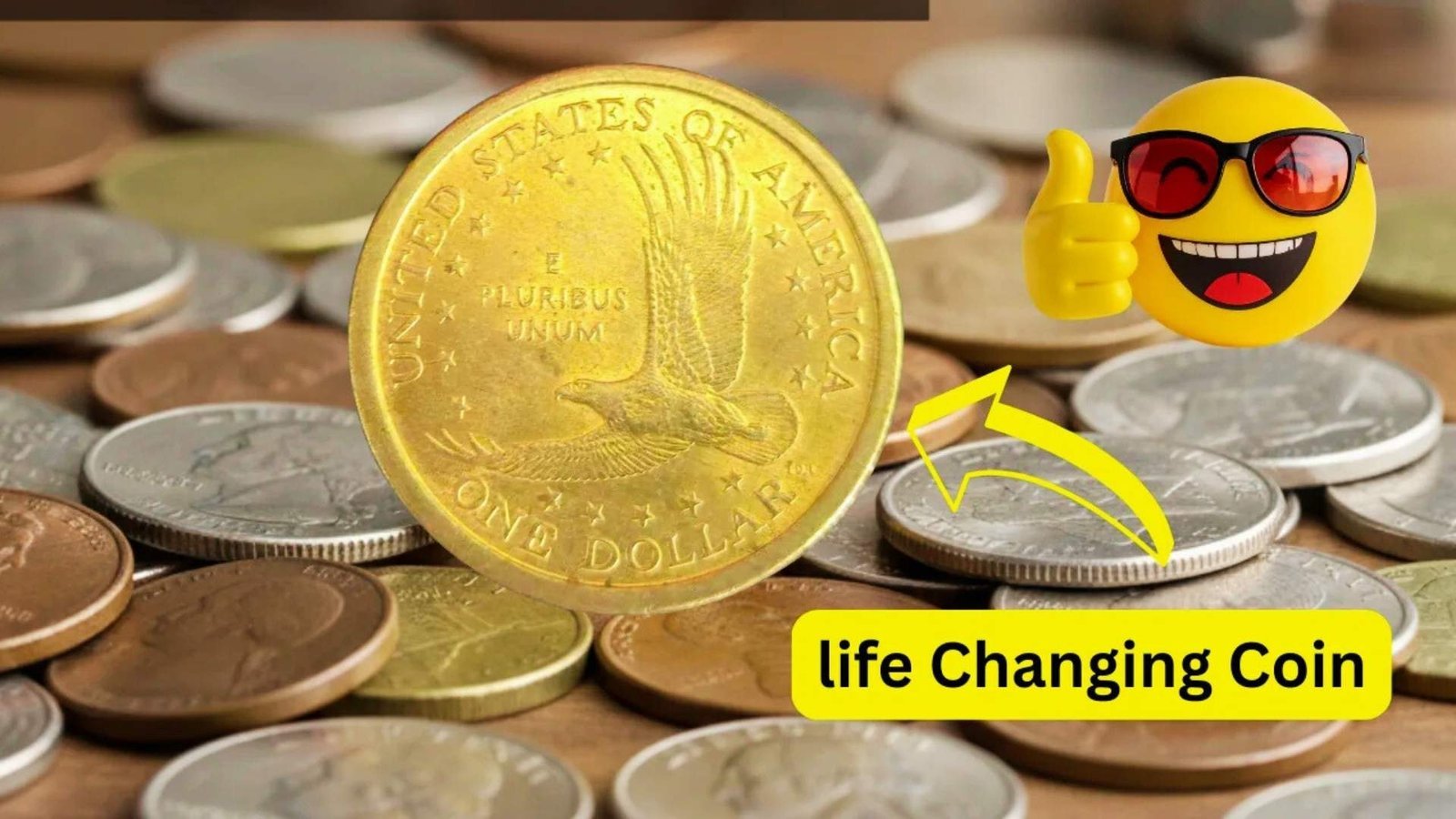Imagine this: you’re pouring a bowl of Cheerios one morning in the year 2000, and tucked inside the box is a brand-new golden dollar. At first glance, it looks like any other Sacagawea coin, but fast forward two decades and that same piece could be worth up to $7,500. That’s the wild story of the Cheerios Sacagawea Dollar — a coin that started as a breakfast promotion and ended up a legendary rarity in American coin collecting.
What Exactly Is the Cheerios Sacagawea Dollar?
Back in early 2000, General Mills teamed up with the U.S. Mint to celebrate the launch of the Sacagawea Dollar. To build excitement, they slipped 5,500 of these coins into specially marked Cheerios boxes. For most people, it was just a fun marketing stunt. But hidden among those coins was something extraordinary.
The Hidden Surprise
Years later, collectors discovered that some of these “Cheerios Dollars” weren’t ordinary at all. The eagle on the back had a prototype tail feather design — far more detailed and intricate than the standard version that entered circulation. These coins were never meant to be mass-produced, but a few slipped out with the promotion, creating one of the rarest modern coin varieties.
Why Collectors Go Crazy for It
Only about 70 to 100 of these prototype Cheerios Dollars have ever been confirmed. That’s why when one shows up at auction today, bidding wars break out. Depending on condition, these coins regularly sell for $3,000 to $7,500 — not bad for something that once came free with cereal.
How to Tell If Yours Is Rare
The trick is in the eagle’s tail:
- Regular Sacagawea Dollar (2000): Tail feathers are smooth and plain.
- Cheerios Sacagawea Dollar: Extra veins and sharp detail in the feathers.
If you think you have one, the best move is to send it to a professional grader like PCGS or NGC. An official certification is what turns a “maybe” into thousands of dollars.
Can You Still Find One?
Believe it or not, yes. Over the years, plenty of people unknowingly spent these coins as pocket change. That means there’s still a slim chance one could pop up in:
- Your change (rare, but it happens)
- Bank coin rolls (moderate odds if you search carefully)
- Old collections or sealed cereal promos (the best bet — some unopened packs have sold for thousands)
Why This Coin Matters
The Cheerios Sacagawea Dollar is more than just a coin; it’s a quirky piece of U.S. history that ties together marketing, minting, and pure luck. It proves that treasures can hide in the most ordinary places — even in your breakfast cereal.
So the next time you get a Sacagawea dollar in change, take a closer look. You never know — you just might be holding a forgotten fortune that once started as a freebie in a Cheerios box.
